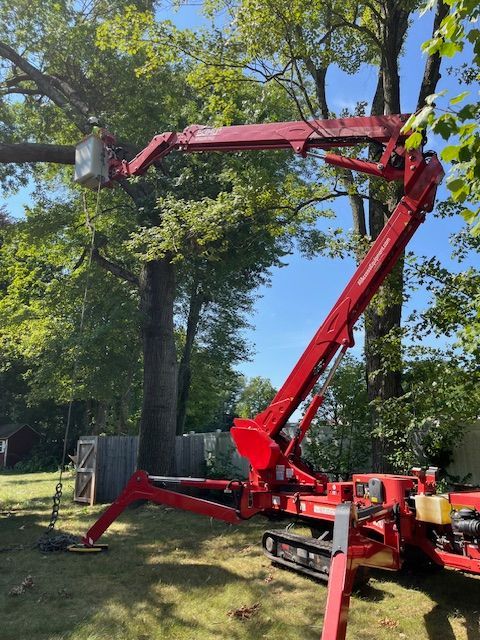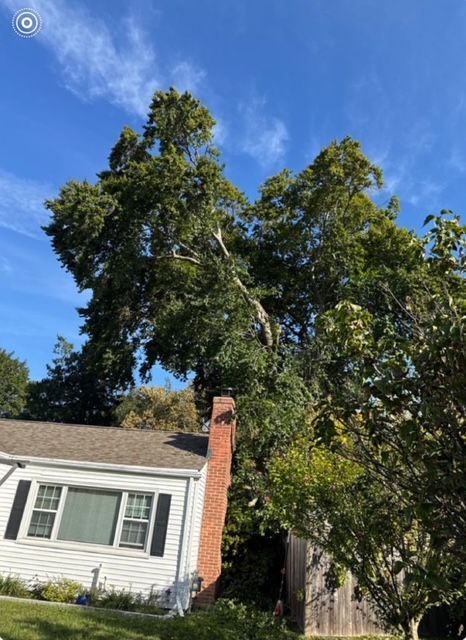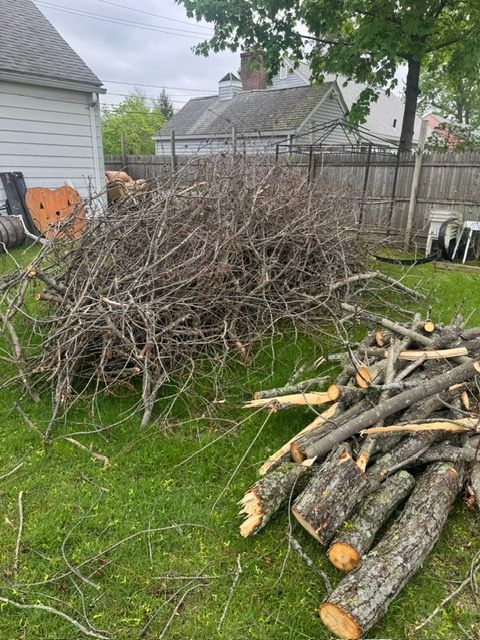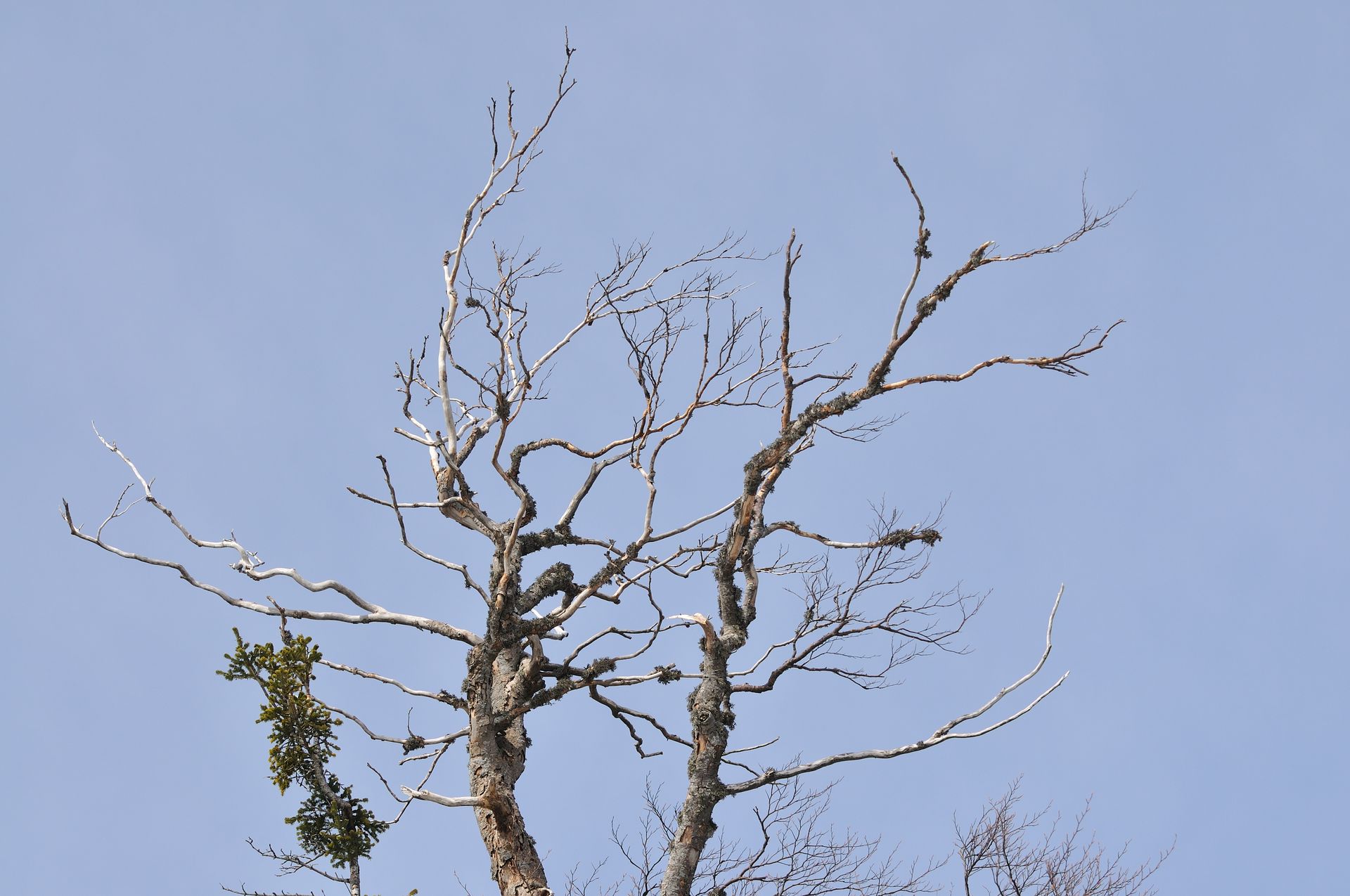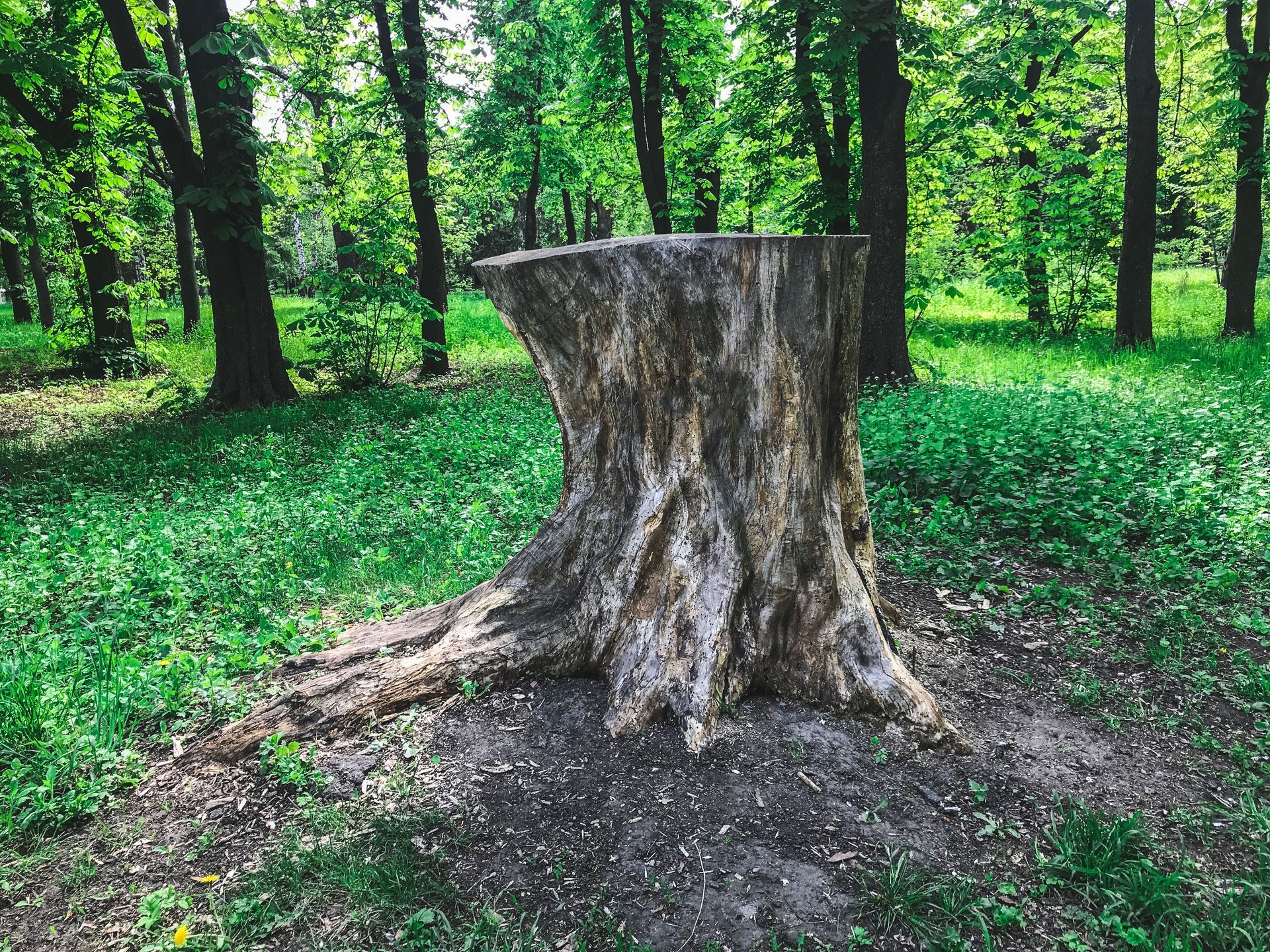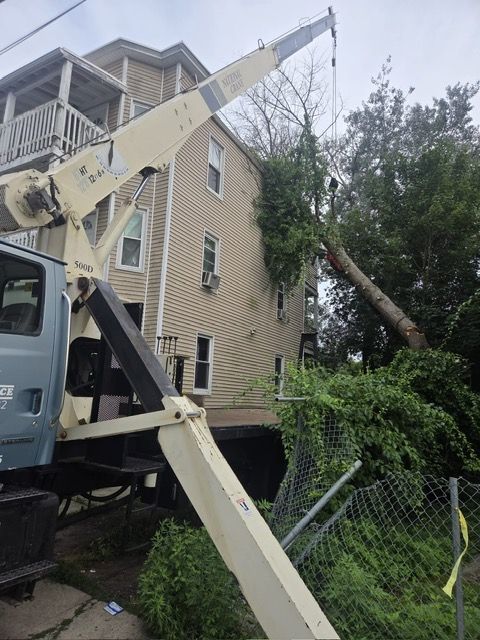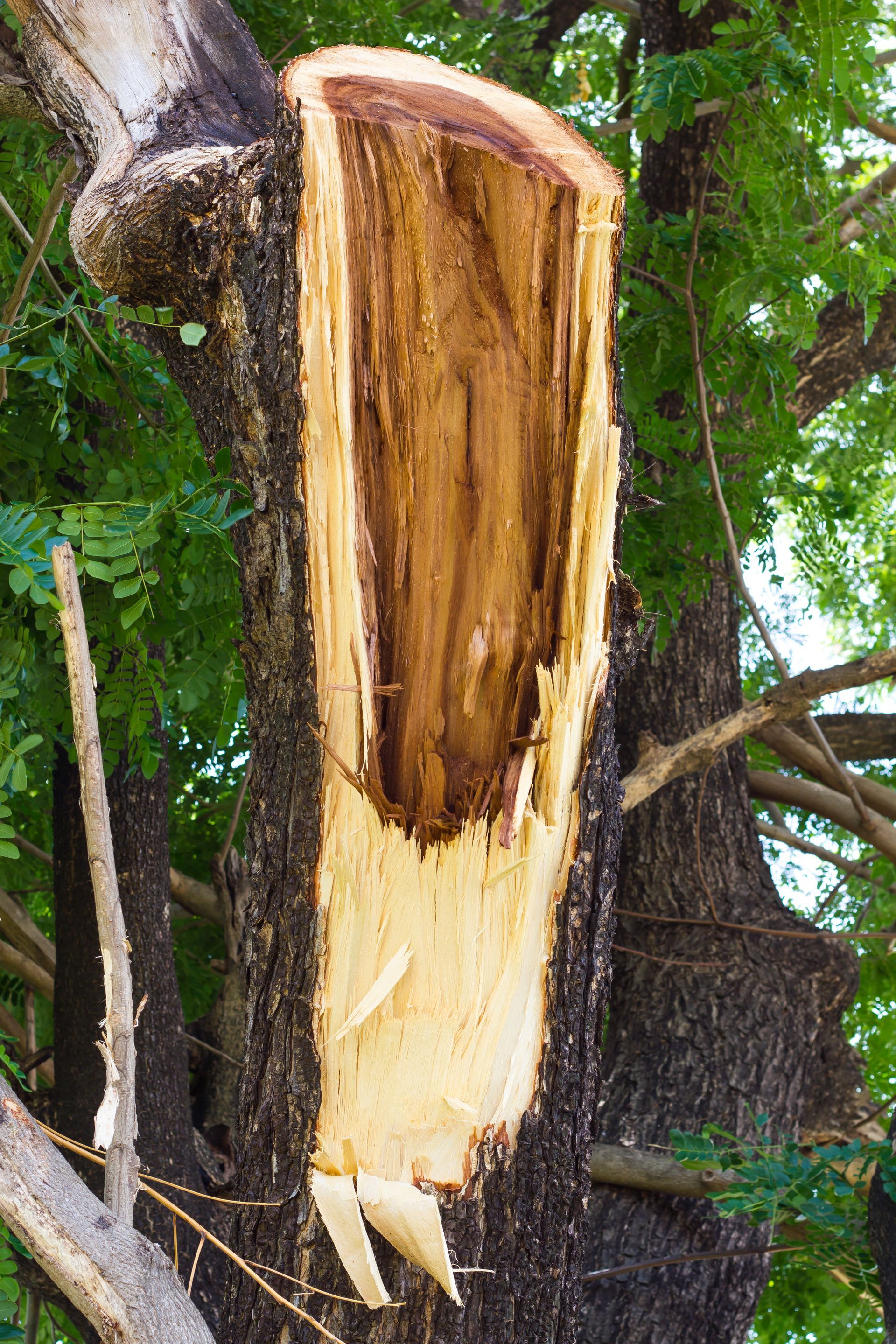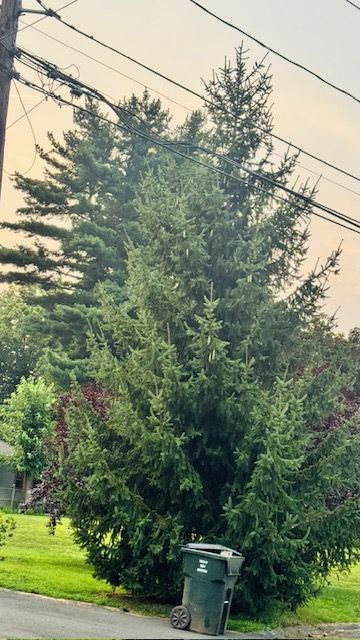What is Lot Clearing?
Lot Clearing Explained: A Beginner's Guide
Lot clearing is the process of removing trees, shrubs, and other vegetation from a piece of land to prepare it for construction, landscaping, or other purposes. This process is crucial for creating safe and usable spaces, but it requires careful planning and execution. In this guide, we'll explore what lot clearing involves, why it's necessary, and how it's typically done.
1. Why Lot Clearing is Important
Lot clearing serves several important purposes:
Preparing the Land: Before any construction or landscaping can begin, the land must be cleared to create space and ensure a stable foundation.
Reducing Fire Hazards: Removing dry vegetation helps reduce the risk of wildfires, especially in areas prone to drought.
Improving Aesthetics: Clearing a lot can enhance the appearance of the property and create opportunities for landscaping and outdoor activities.
Protecting the Environment: Proper lot clearing practices can help protect native vegetation and wildlife habitats.
2. The Lot Clearing Process
The process of lot clearing typically involves several steps:
Assessment: The land is surveyed to determine the extent of clearing required and to identify any potential obstacles.
Permitting: Before clearing can begin, it may be necessary to obtain permits from local authorities.
Vegetation Removal: Trees, shrubs, and other vegetation are removed using a variety of tools and machinery.
Debris Removal: Once the vegetation is cleared, the debris is collected and removed from the site.
Grading and Leveling: The land is graded and leveled to prepare it for its intended use.
3. Methods of Lot Clearing
Lot clearing can be accomplished using different methods, including:
Mechanical Clearing: Heavy machinery such as bulldozers and excavators is used to clear large areas quickly.
Manual Clearing: Vegetation is removed by hand using tools like chainsaws and brush cutters.
Chemical Clearing: Herbicides may be used to kill vegetation before it is removed, particularly for large-scale clearing projects.
4. Benefits of Professional Lot Clearing
While some property owners may attempt lot clearing themselves, hiring professionals offers several advantages:
Efficiency: Professionals have the expertise and equipment to clear land quickly and efficiently.
Safety: Clearing land can be hazardous, but professionals are trained to manage risks safely.
Proper Disposal: Professionals know how to dispose of debris and vegetation responsibly, following local regulations.
Lot clearing is an essential step in preparing land for development or landscaping. Understanding the process and the importance of proper lot clearing practices can help ensure that the land is cleared safely and effectively. If you're considering lot clearing for your property, it's advisable to consult with professionals such as
Boa Bloomfield Tree Service to ensure the job is done correctly.
